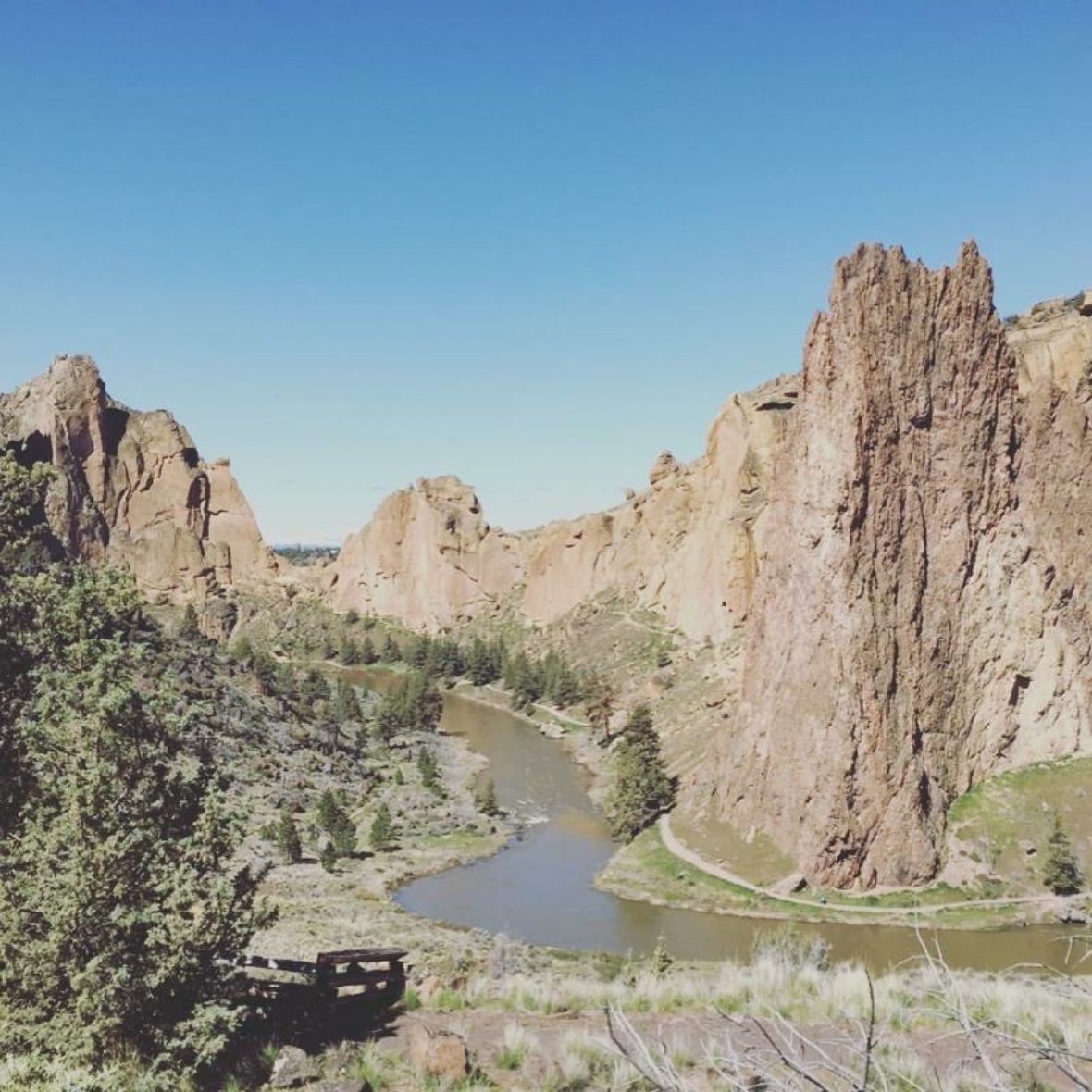In Part One we talked a little about feelings and general getting-started-with-running facts. Today we’re going to review some technical tips that can improve your runs and reduce your risk for injury. Running is what you were literally made to do, with your efficient bipedal locomotion and your copious perspiration and your scant body hair (it may not feel scant, but compared to other primates and most mammals, we are B-A-L-D bald). You may have taken these magnificent adaptations for granted, but once you start running, you won’t. You’ll be sweating your way to glory.
Tip #1: Dynamic stretching/warm-ups
Back when I started running, my mom and I would head right out the door without any warm-up moves or any walking and start running right away. Needless to say, this was not an ideal way to begin a run, but rather a recipe for injury, side stitches, and developing a profound dislike for running. If I wasn’t such a stubborn person, I would have given up. Also my mom made me do it and I was a kid, so there wasn’t much in the way of options. You can avoid this discomfort and potential for family drama by performing some brief dynamic exercises before your run. Anything that warms up your hips, thighs, and calves will work, including lunges, squats, leg swings, and calf raises. Here’s a quick demo of some good exercises from Runner’s World:
https://www.runnersworld.com/video/a20797954/dynamic-warmup-for-runners/
Tip #2: Run/walk method
Probably the most famous proponent of the run/walk method is Jeff Galloway (http://www.jeffgalloway.com/training/run-walk/). There are all kinds of ways to do this, but the simplest is to start with more walking than running and gradually change the ratio until you are always running or mostly running. Unless you find a ratio that just seems like your physiological sweet spot, in which case, embrace that jam. If I’m super sore from other workouts, having seasonal allergy issues, or just feeling worn down, I’ll usually go with a run 4 minutes/walk 1 minute or run 9 minutes/walk 1 minute ratio. The time goes by faster than you think, you’ll be proud you got out there at all, and you won’t be as tired.
Tip #3: Alternating step exhale method
Most of us naturally exhale on the same side foot strike every time; without even realizing it, I ran for 25 years always exhaling on the right side. Bramble and Carrier of the University of Utah concluded that the greatest impact stress occurs when the foot strikes at the beginning of an exhalation. Therefore, if you always exhale while striking on the same side, you are consistently stressing that side of the body more. That was definitely my experience, as I had hip flexor, upper gluteal, and some minor knee issues in my 20s and 30s, all on my right (exhaling side). Learning to retrain your breathing pattern is super awkward at first and may cause you to accidently run into things. I’m saying for a friend. It took me about two weeks to get it down, but once I did, it stuck. And it’s really helped my running respiration in general and my ability to do speedwork and hills. What I’ve found works for me is an inhale 3 steps/exhale 2 steps pattern when running easy, and an inhale 2 steps/exhale 1 step when running hard.
Tip #4: Hills count as speedwork! (ok, this is a well-known fact, but it warrants a mention)
If you’re like me and you have no genetic gifts towards running quickly, you likely dread running quickly. I’m not going to lie to you, no matter what your pace is, your running form and speed will improve if you work hill repeats into regular rotation (even as little as 10 repeats running up a hill for 10 seconds can have an impact). Run your repeats up the hill at a pace that is challenging but sustainable for 10 seconds, focusing on running hard but also relaxed – shoulders down, facial muscles relaxed, torso parallel to the hill.
Tip #5: Smiling improves your running!
A study by Brick et al. in 2017 (https://www.sciencedirect.com/science/article/pii/S1469029217303461) found that smiling improves running economy, decreases perceived effort, and may enhance your performance by providing a cue to your body that you are doing just fine. It also helps to relax your facial muscles and just might bring your neck and upper shoulders along on the chill train. I find this technique really works for me on long runs, up hills, down hills, and ski runs. Where I don’t find it works as well is when I’m doing speed work – it feels crazy awkward and I imagine I look a lot like your average primate fear response face:

Tip #6: The foam roller, although it seems like a mean girl, is actually your best friend
What the foam roller seems like:

What the foam roller is really like:

Here’s a great short article with video demonstrations from Runner’s World (https://www.runnersworld.com/health-injuries/a20812623/how-to-use-a-foam-roller-0/) that explains the major rolling exercises most helpful to runners. The first time you roll your IT band, you may throw up a little. Use the leverage of your arms to control the intensity until it isn’t as painful. Rolling helps break up scar tissue and increases blood flow. It’s worth the time and initial discomfort, and like running itself, becomes less painful the more you do it.
Tip #7: Most of your runs should be easy
A pretty common ratio is ~80% easy running with 20% effort running (tempos, speedwork, hill repeats, etc.). Easy running is NOT junk miles; the time spent at a pace which is just chill and trucking along will improve your body’s ability to use fat for energy, increase your mitochondrial density and capillary development (both of which improve your body’s efficiency at using oxygen), and strengthen your tendons and joints (Humphrey and Hanson, 2012). It will also allow you to get more miles in with a lower risk of injury, and the best way to become better at running is…to run more. See how it works? Remember, your body knows how to do this. Several million years of evolutionary adaptation have honed you into a bipedal endurance machine. Now go out and claim your ancestral running legacy! Yay you!!


